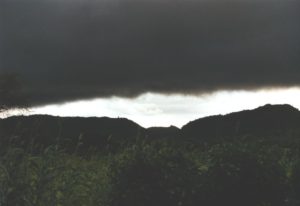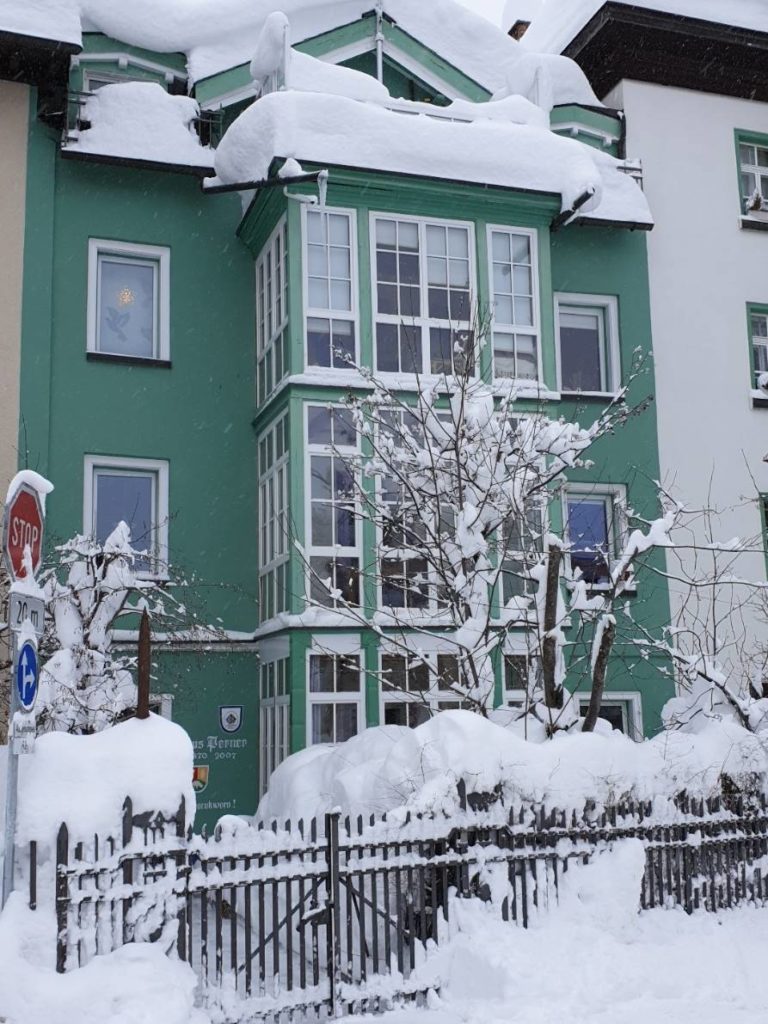VIII. FOOTPRINTS INTO THE FUTURE – a meaningful life after one’s own death
I have described in a narrative (in German language) the way in which the Anyuak, the people among whom I lived for many years, settle their estate.
I too have tried to settle my estate during my lifetime. I have spent all my active life in countries where there was war or other great dangers, and so I have written a will several times and at different times, always thinking of those who were closest to me, loved me or stood by me in some other way. As I have no direct descendants, I was free to choose my heirs. I was never wealthy throughout my life, and therefore there was not much to bequeath materially; nor was the materially intangible inheritance necessarily an object of desire; on the contrary, the mass of books and objects seemed rather daunting or even frightening. So, what was to be done with this legacy?
Throughout my life, I had rebuilt the 150-year-old house of my ancestors myself, furnished it in a modern way, looked after it and transformed it into a kind of cultural world of experience with pictures and objects, sculptures or carpets – in its way it became a very special house, probably unique in the Davos landscape. The older I got, the more often I was asked what should happen to all my work, the house, the books, the photographs and the ethnographically valuable objects. With my decision to leave my ethnographically valuable research documents and my ethnographic collection to the Ethnographic Museum of the University of Zurich, a solution was found for the scientific aspect of my legacy, but the question of preserving the house still remained open.
When my friend Oswald Iten (known as a former NZZ editor for Africa), brought up the idea of a foundation and suggested that my current flat be made available to artists, writers or researchers for a while, so that they could work here in peace and find the strength and inspiration they needed for their work in the mountains, I was thrilled; the thought of being able to give some practical meaning to my work even after my death, and to be useful to others of a similar mind or interest, had always been my dream of a meaningful “afterlife”. I wanted to leave behind something that would lead into the future like an open gateway, I wanted to be the empty clay vessel that others would later fill with the meaning of their own work.
The idea of a foundation, which would also save the house from decay and demolition, initially stood in the empty space. The establishment of a foundation is only possible if at least 50,000 francs are available as start-up capital, and because this money was not available, my friends thought of so-called crowdfunding. To ensure that a foundation could also become active, it seemed necessary to establish contacts with institutions, universities or other interested parties beforehand; the foundation alone would not have direct access to researchers, artists and cultural organisations and could therefore not give the house the desired practical meaning. It took quite a while for such contacts to develop, but in the meantime both the University of Zurich and the municipality of Davos have shown interest in such a culturally and scientifically oriented legacy. From my point of view, it would be ideal if the house were to become the property of the municipality of Davos, with the University of Zurich as an academic partner; Davos is home to several important scientific institutes (in the fields of allergy and asthma research, osteosynthesis, gastroenterological surgery, snow and avalanche research, radiation and climate research, and risk research), several cultural associations (Kunstgesellschaft, Kulturallianz, Kulturplatz), several schools, two colleges and six museums; the many cultural events (especially in the field of music) and the numerous international congresses bring both artists and scientists from all over the world to the Landwasser Valley – they could also be guests in the house for a certain period of time.
Other universities could also participate in the “Residence for artists and scholars” project, for example the University of Winona in the USA or the University of Juba in South Sudan.
If the planned crowdfunding raises enough funds for this, development projects in the cultural and educational sectors in South Sudan should also be considered.
Further information can be found in the “Concept Paper” written by Prof. Beckry Abdel Magid from Winona State University In Minnesota USA :




